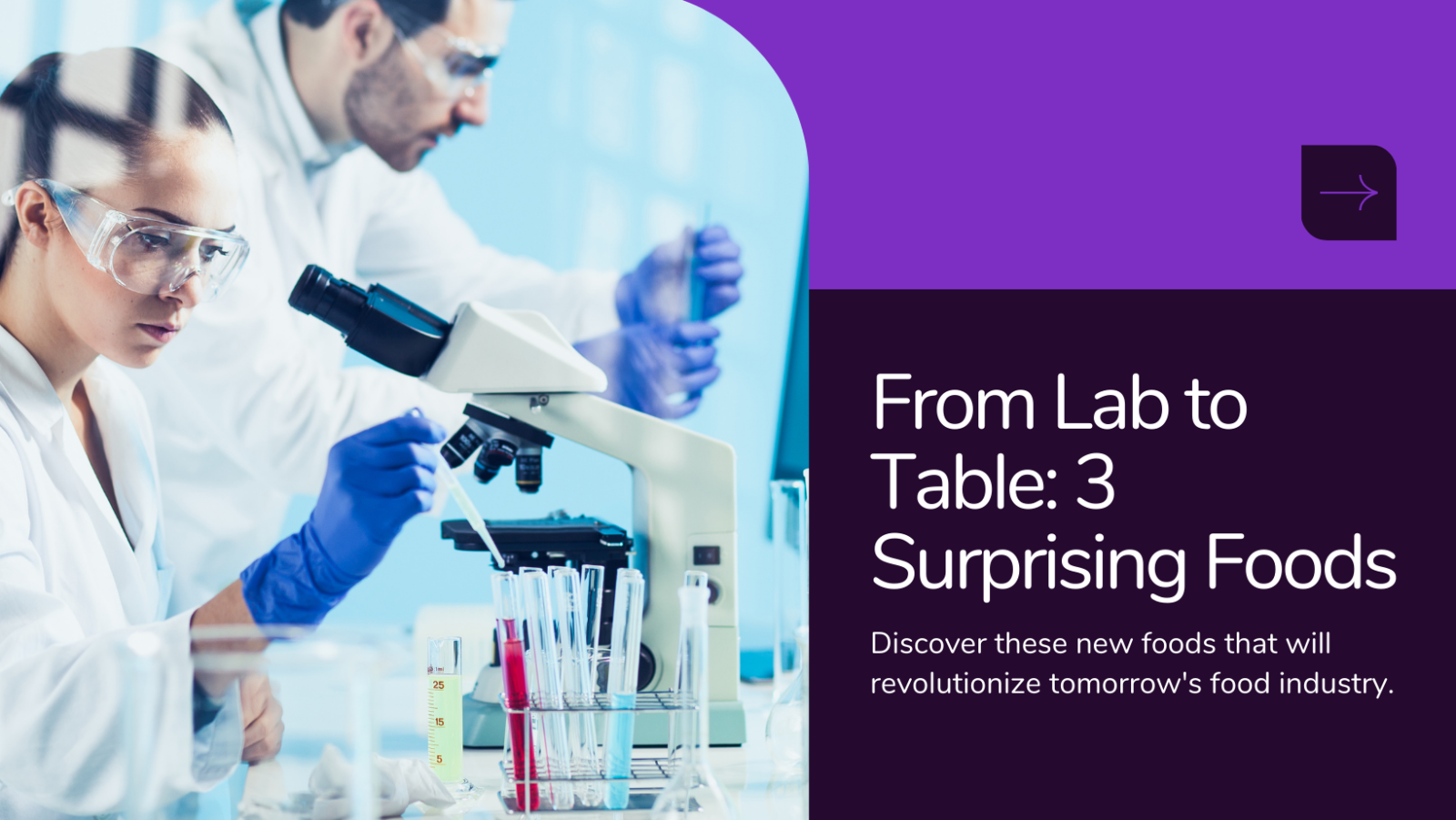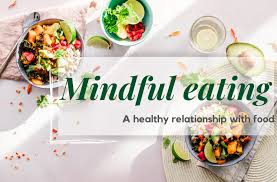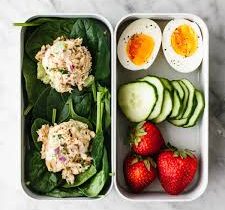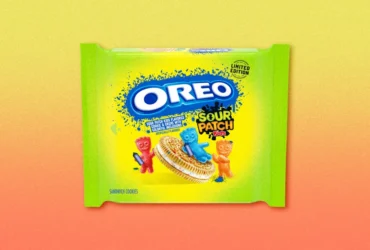From Lab to Table: 3 Surprising Foods You’ll Be Eating Tomorrow (and Why They Matter)
Forget everything you thought you knew about food.
The grocery aisle of the future is about to get a whole lot weirder (and way more delicious).
While quinoa might still be trendy today, tomorrow’s menu features lab-grown meat, insect burgers, and algae smoothies that taste like your favorite childhood candy.
Don’t worry, we’re not talking about some dystopian sci-fi scenario – these innovative food sources are actually the key to a sustainable and delicious future.
Buckle up, foodies, because we’re about to take a whirlwind tour of the culinary revolution brewing right under your nose.
1. Carnivores, Brace Yourselves: Lab-Grown Meat is Taking Over
Remember those juicy, flame-grilled burgers you love?
Well, soon you might be able to enjoy them guilt-free, knowing no animals were harmed. Cultured meat, also known as lab-grown meat, is on the rise, and it’s changing the game for meat lovers.
Using tiny samples of animal muscle cells, scientists can replicate the texture and taste of real meat, without the environmental impact of traditional livestock farming.
Imagine: juicy steaks grown in bioreactors, free of antibiotics and hormones, with a significantly smaller carbon footprint. It’s a win-win for both your taste buds and the planet.
2. Insects: The Crunchy, Sustainable Protein Source You Didn’t Know You Needed
Eww, bugs? Not so fast! Before you wrinkle your nose, hear us out.
Insects are actually a nutrient-packed, sustainable protein source that’s been a staple food in many cultures for centuries.
They’re high in protein, healthy fats, and essential minerals, and their environmental footprint is a fraction of that of beef or pork.
Plus, they can be surprisingly delicious!
Think cricket flour in your protein bars, mealworm tacos, or even insect sushi – the possibilities are endless. So, next time you’re looking for a healthy, eco-friendly protein boost, consider giving crickets a chance.
You might be surprised at how much you like it!
3. Algae: The Ocean’s Superfood Powerhouse
Move over, kale, there’s a new green superfood in town: algae.
This tiny, aquatic organism packs a nutritional punch, boasting Omega-3 fatty acids, antioxidants, and essential vitamins.
But here’s the coolest part: algae can be grown in vertical farms, even in deserts or urban environments, requiring minimal water and land.
This makes it a sustainable food source with the potential to feed a growing population. And guess what? Algae is incredibly versatile!
It can be used to make everything from seaweed snacks and algae pasta to nutrient-rich protein bars and even algae biofuel.
So, next time you’re at the grocery store, keep your eyes peeled for this ocean-grown superfood – your body (and the planet) will thank you.
These are just a taste of the exciting innovations that are transforming the future of food.
From vertical farming to precision agriculture, the way we grow and consume food is undergoing a radical shift. And the best part?
This isn’t just about survival – it’s about creating a more delicious, sustainable, and equitable food system for everyone.
So, are you ready to embrace the future of food?
Get ready for a culinary adventure unlike any other, one where taste, sustainability, and innovation go hand in hand.
Remember, the future of food is in our hands, and every bite we take is a step towards a healthier planet and a more delicious tomorrow.
Ready to Dig Deeper?
Here are some additional points to consider:
- The challenges and opportunities of lab-grown meat: While promising, cultured meat still faces some hurdles, such as cost and regulatory approval. However, the potential for a more sustainable and ethical meat industry is undeniable.
- The cultural and ethical considerations of eating insects: Overcoming the “ick factor” and building consumer acceptance will be crucial for the widespread adoption of insect-based food.
- The role of technology in the future of food: From precision agriculture to AI-powered food production, technology is poised to play a major role in shaping our future food system.
FAQs
Will lab-grown meat ever taste exactly like real meat?
Scientists are constantly refining the technology, and experts believe that cultured meat will be indistinguishable from real meat in taste and texture within the next few years.
Are insects safe to eat?
Yes, insects are a safe and nutritious food source that has been consumed by humans for centuries. In fact, they are a good source of protein
and contain essential vitamins and minerals. However, it’s important to ensure they’re sourced from reputable farms and processed hygienically.
How can I incorporate algae into my diet?
Algae is becoming increasingly available in various forms. You can find it in seaweed snacks, spirulina powder, or even algae-infused pasta. Many restaurants are also experimenting with algae in their dishes, so keep an eye out for creative culinary uses!
Is the future of food all about lab-grown meat and insects?
Not necessarily! While these are exciting innovations, the future of food is likely to be a diverse and multifaceted landscape. We’ll see a continued focus on locally-grown, seasonal produce, alongside traditional and indigenous food systems. The key is finding a balance between innovation, sustainability, and cultural preferences.
What can I do to be a part of the future of food?
There are many ways to get involved! Support local farmers’ markets, choose sustainable and ethically sourced food, and be open to trying new and unfamiliar ingredients. You can also advocate for policies that promote sustainable food systems and raise awareness about the importance of food security. Remember, every bite counts!
By embracing the future of food, we can create a world where everyone has access to safe, nutritious, and delicious food, while also protecting our planet for generations to come.
So, let’s get cooking!
Verified Source References:
- The Good Food Institute: https://gfi.org/
- World Resources Institute: https://www.wri.org/
- Food and Agriculture Organization of the United Nations: https://www.fao.org/
- National Geographic: https://www.nationalgeographic.com/
- Scientific American: https://www.scientificamerican.com/















Leave a Reply